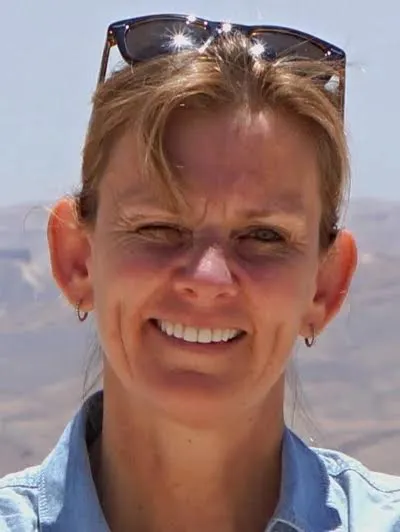Dutch forensic lab decrypts Tesla’s driving safety data and finds a wealth of information
The Dutch government’s forensic lab said on Thursday that it had decrypted Tesla’s closely guarded data-storage system, and found a wealth of information that could be used to investigate serious accidents.
The researchers discovered that the Tesla electric cars store a great deal of information from details about the Autopilot driver assistance systems, to how fast the car is going, even the position of the accelerator pedal and the angle of the steering wheel are captured.
“These data contain a wealth of information for forensic investigators and traffic accident analysts,” said Francis Hoogendijk, a digital investigator at the Netherlands Forensisch Instituut in a statement.
The researchers say now that investigators know the information exists, it can play a critical role in criminal investigations after an accident.
The Dutch report has been released the same day the National Transportation Safety Board announced that it has determined that a driver was behind the wheel of a Tesla that crashed and burned last April near Houston. That accident killed two men, neither of whom was found in the driver’s seat. So the Autopilot system was suspected to have contributed to the accident.
Although first responders found one man in the back seat and the other in the front passenger seat, the NTSB said both the driver and a passenger were in the front seats with belts buckled at the time of the crash which would suggest that Autopilot assistance was not to blame.
Tesla says it encrypts its driving data to keep its electric car technology secret and to protect the privacy of its drivers. Tesla owners can request their data from the company if they have an accident. Tesla did not immediately respond to a request for comment about the new Dutch report.
The Dutch lab says it didn’t ask Tesla for the data but instead it reverse engineered the electric car’s data logs to see how much information was there.
In one collision that involved Autopilot the Dutch researchers determined that the self-driving system gave the driver a warning and the driver took control in the expected amount of time, but because the car on Autopilot and was tailgating the car in front of it, the response wasn’t fast enough to prevent the accident.
It raises the question of who was responsible for allowing enough room between the cars -- the Tesla or the driver?
In August, the U.S. National Highway Traffic Safety Administration opened a formal investigation into Tesla’s Autopilot system. So far it is identified 12 crashes that involved Teslas using the driving assistance system and emergency vehicles. Most of those incidents took place after dark. It has asked Tesla for more data, and set a deadline of Oct. 22 for the company to comply with their request.
Dina Temple-Raston
is the Host and Managing Editor of the Click Here podcast as well as a senior correspondent at Recorded Future News. She previously served on NPR’s Investigations team focusing on breaking news stories and national security, technology, and social justice and hosted and created the award-winning Audible Podcast “What Were You Thinking.”



